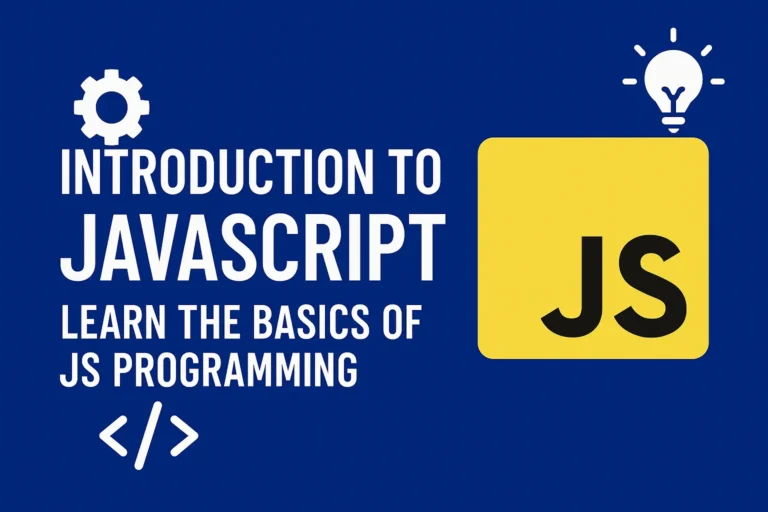Introduction
In the world of web development, the Document Object Model (DOM) stands as a cornerstone, facilitating dynamic and interactive web experiences. Understanding its nuances unlocks the ability to manipulate web pages with ease, enabling developers to craft immersive digital landscapes. This article serves as an introductory guide to the DOM, shedding light on its essence and equipping you with the knowledge to harness its potential.
What is the DOM?
The Document Object Model, often abbreviated as DOM, is a programming interface for web documents. In simpler terms, it represents the structure of HTML and XML documents as a tree-like model, wherein each node corresponds to a part of the document. These nodes can be manipulated, allowing developers to dynamically alter the content, structure, and style of web pages.
At its core, the DOM bridges the static nature of markup languages like HTML with the dynamic capabilities of scripting languages like JavaScript. It provides a structured representation of the document’s elements, attributes, and text, enabling seamless interaction and manipulation.
Selecting Elements
One of the fundamental operations in DOM manipulation is selecting elements from the document. This process involves identifying specific elements based on various criteria such as their tag name, class, ID, or relationship with other elements. Let’s delve into some techniques for selecting elements using JavaScript:
Selecting by ID:
const elementById = document.getElementById("elementId");
This method retrieves the element with the specified ID attribute. It provides a direct and efficient way to access elements when their IDs are known.
Selecting by Class Name:
const elementsByClass = document.getElementsByClassName("className");
Here, elements with the specified class name are selected and returned as a collection. This allows for targeting multiple elements sharing a common class.
Selecting by Tag Name:
const elementsByTagName = document.getElementsByTagName("tagName");
This method returns a collection of elements with the specified tag name, such as <div>, <p>, or <a>. It provides a broad selection based on the element’s type.
Selecting by CSS Selector:
const elementBySelector = document.querySelector("selector");
const elementsBySelectorAll = document.querySelectorAll("selector");
These methods allow for selecting elements using CSS selectors, providing a powerful and flexible mechanism. querySelector() returns the first matching element, while querySelectorAll() returns a collection of all matching elements.
Selecting Nested Elements:
const parentElement = document.getElementById("parentElementId");
const nestedElement = parentElement.querySelector(".nestedClass");
In cases where elements are nested within others, you can first select the parent element and then use querySelector() or querySelectorAll() to find nested elements within it.
Conclusion
The Document Object Model (DOM) serves as the backbone of dynamic web development, empowering developers to manipulate web documents with precision and finesse. By understanding its structure and mastering techniques for element selection, developers can unlock a myriad of possibilities for creating engaging and interactive web experiences.
As you embark on your journey with the DOM, remember to leverage its power responsibly and creatively. Experiment, explore, and innovate to craft web applications that captivate and inspire. The DOM awaits, ready to be explored and harnessed for the next generation of digital marvels.






